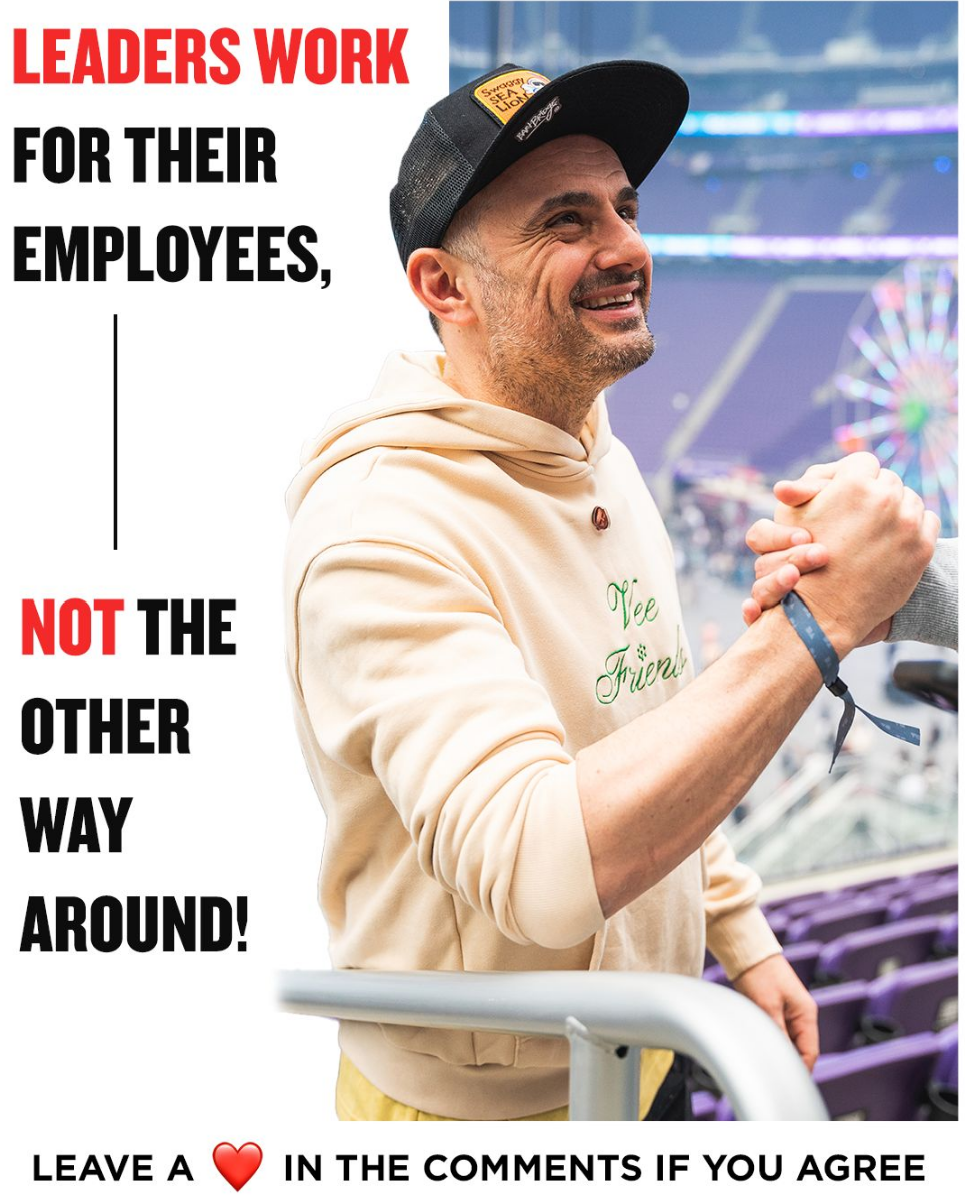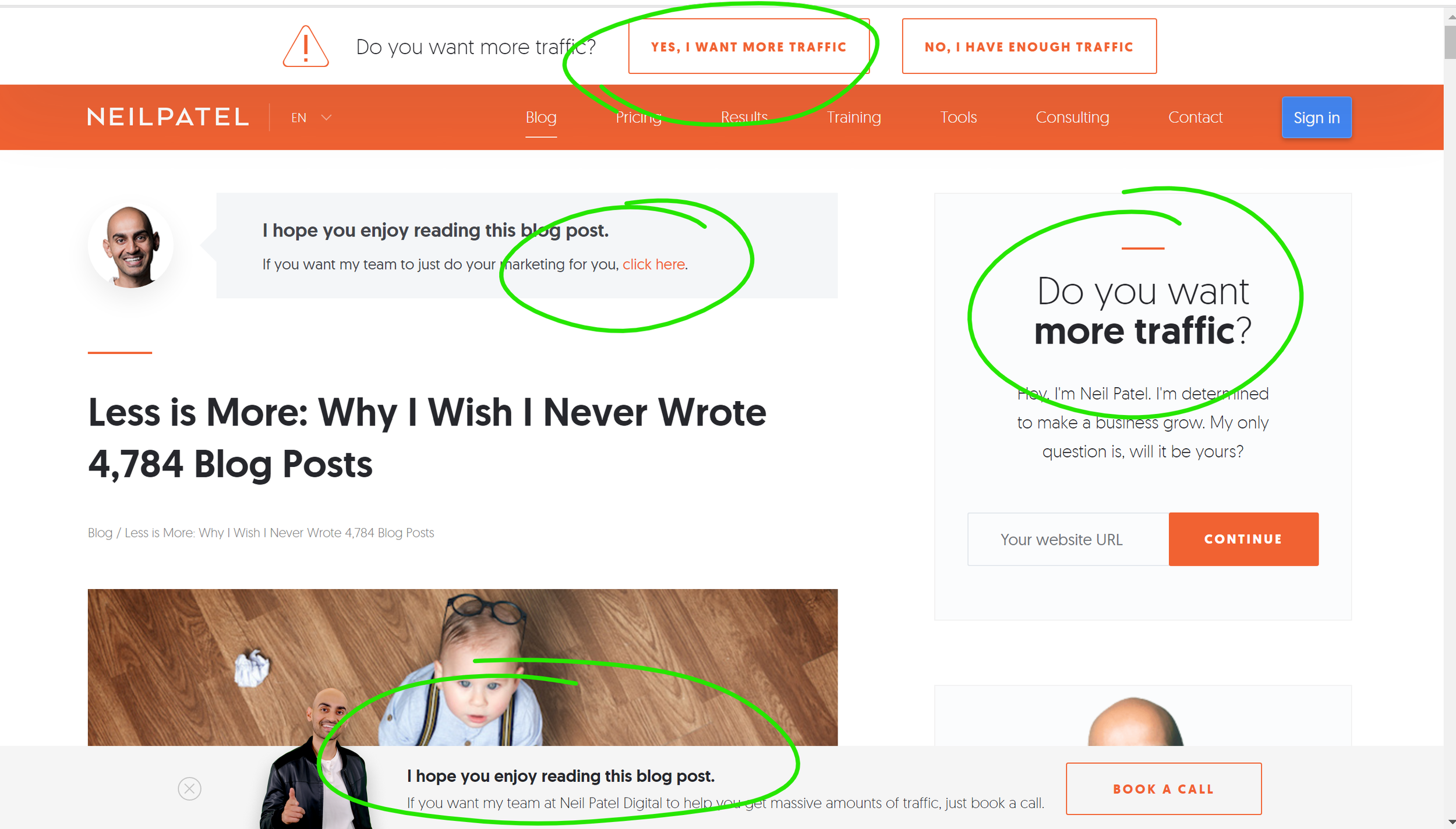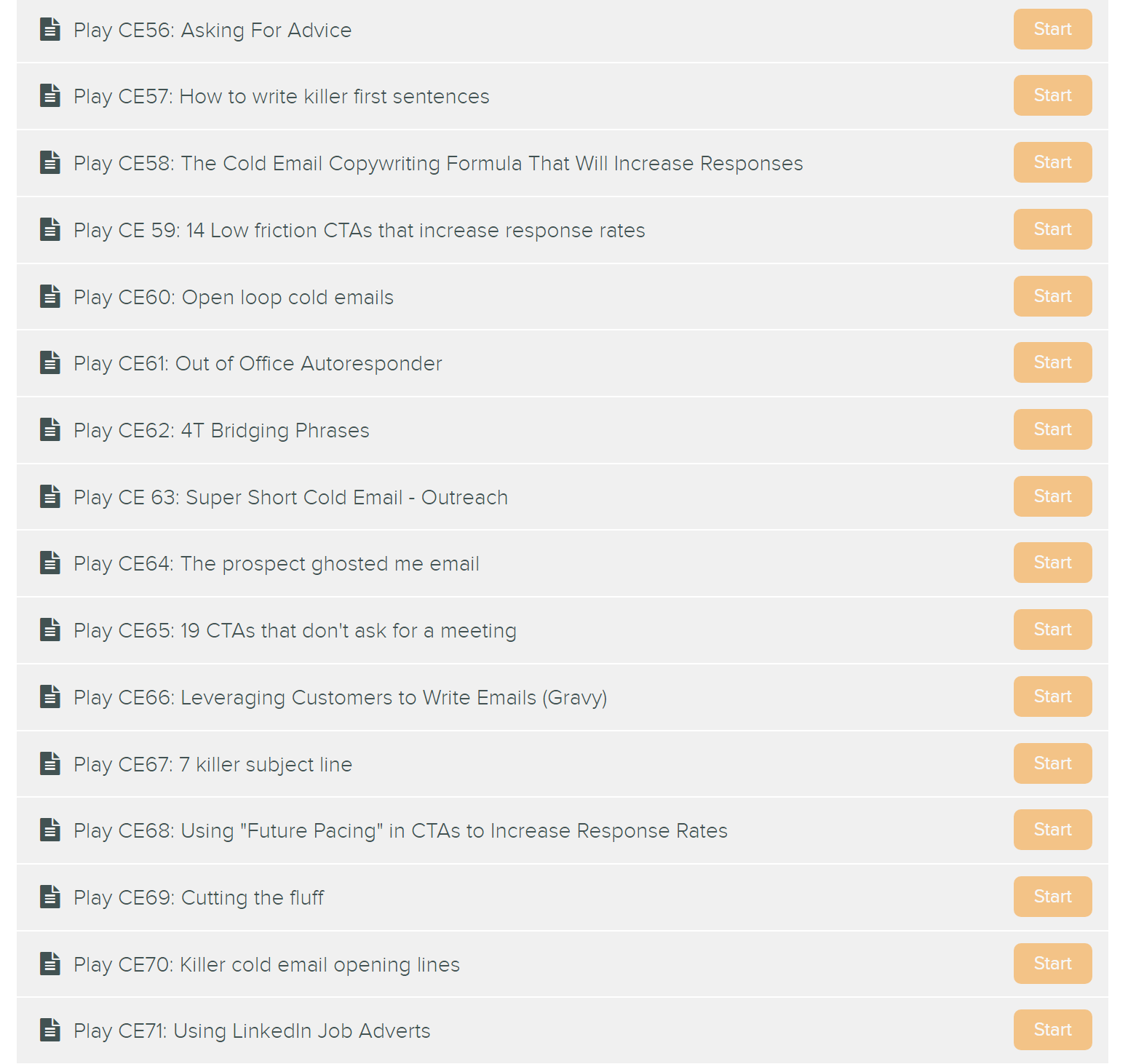3 Reasons Why I Hate Your Favorite Sales Guru
How Sales and Marketing Gurus Make Money
There’s a very fuzzy line that business gurus walk: their advice and coaching is also their business. They want you to learn because eventually there’s a product or service they want to sell. Whether the learning they offer is being used as Inbound Marketing, a Free Sample sales strategy, or simply establishing brand authority, there’s always a hook.
The best hooks, though, leverage the emotional payoff you get from learning something to drive a sale:
If learning the basics of SEO made me feel good, how good will I feel if I buy the SEO course?
If I got a lot of value out of the SEO 101 course, how much value will I get by hiring them as my SEO agency?
Here are my top 3 ways business gurus bury their sales hooks into their learning content.
1. Gary V’s Glut of Platitudes
Branding 101: Your brand should capture the mindshare of your market.
A well designed brand lives rent-free inside your head so that when you finally decide to address a problem, their business is your first call.
Sales and marketing gurus like Gary V regularly distribute commentary and advice that is universally agreeable. How could you disagree with comments like:
Image source: Gary V on LinkedIn
The point of this marketing is to be ever-present and encourage you to nod along (and ❤ the post for social lift). Social media will then push more and more Gary V your way. You get regular tastes of the bait.
Eventually, a piece of learning content floats in amongst the head-nodding posts and you have been primed to click it:
Source: Gary V on LinkedIn
If you go read the article, it’s not that mind-blowing. Here’s the summary, “You can hire great talent if you aren’t egotistical, see value in candidates, and admit you might get it wrong.”
The veracity of that claim is hard to dispute but the usefulness of that lesson is questionable. It’s clickbait.
However, now you’re in the ecosystem. Maybe you subscribe to a newsletter to keep the drips coming or your social channel of choice keeps pumping your feed full of Instagrammable quotes-on-images.
When people eat enough of this clickbait learning, eventually someone finds themselves buying a Gary V NFT.
2. Long Guides Peppered By Neil Patel’s Service Offerings
Neil Patel, SEO and Content Marketing guru, writes blog posts as his primary marketing channel. He even wrote a blog post about writing only 862 out of the 4,784 posts on his website.
However, look at how that post renders above the fold:
Before you’ve even read the educational content, you’ve been reminded four times that Neil Patel would like to sell you something.
As you read, there are callouts interspersed in the text for people who have read enough and want to convert into a paid user.
Not only that, reading this blog on desktop has three floating reminders following along as you read, waiting for you to click and book a call.
Thought leaders build their business on how well they embed thoughts inside your head. It’s a common sales technique: occupy a prospect’s mindshare, be top of mind when it’s time to make a decision, profit. There’s a reason why personal injury lawyers buy billboards along roadways.
One key buyer persona that is being targeted with content like this is the “Too Nervous/Lazy/Busy To Execute” persona. A reader that likes the content but has no time, confidence, or motivation to put the education into practice will choose Neil Patel’s agency services for faster, done-for-you services. Why put in the work of learning when you can just throw money at the writer to get it done today?
3. Josh Braun’s 362 Secrets Can Be Yours For Only $197
If you want to sell business education, here’s the recipe:
Throw everything you know against a wall
Get lots of social proof that is sometimes tangentially connected to the product itself
Have a slick sales page
If you scroll down the sales page for The Badass B2B Growth Guide, you’ll see a curriculum outline:
Source: academy.joshbraun.com
Each of the “Start” buttons indicates a lecture. A lecture can be any mix of content: video, text, PDF, downloadables, even upsells to other courses.
For a typical full-time college student, a semester of four 3-credit classes is somewhere around 96 lectures.
In this “guide,” there are 362 published lectures.
Even if only a third of Josh Braun’s Badass Guide had incredible rigor, applicability, relevance, and utility specific to you and your business, you’d still have a full semester of lectures to plow through, study, understand…and with no Teaching Assistant to help apply it to your unique circumstance (unless you buy another Josh Braun product).
There’s a Japanese word for accumulating literature you never read: Tsundoku.
Even if you do invest the time to meaningfully consume all this content, it’s unclear how you’ll benefit. This is what learning professionals call shoddy instructional design. It’s also why most people never finish self-paced learning: well-designed courses taught by top-tier instructors have single digit completion rates.
We love learning at Learn to Scale. It’s part of our DNA. However, unlike [insert your favorite business guru], our expertise started with helping people learn and grow and then used those techniques and skills to learn business.
It’s worth stating, though, that just because business gurus leverage learning to drive their marketing and sales, that’s not to say their skills and knowledge isn’t useful or true. I’ve read many a Neil Patel blog post, implemented some of his strategies, and found success. It’s something to always be asking yourself, though, is if the learning and advice is true and useful or just another marketing gimmick.
You, the learner, get to decide.




